Airbags are one of the most important safety innovations of recent decades. Engineers keep finding new ways to use airbags to save lives thinking beyond airbag systems used in cars. In our second post dedicated to this technology, we have collected a number of unparalleled protective designs that offer protection even from emergencies like earthquakes and avalanches.
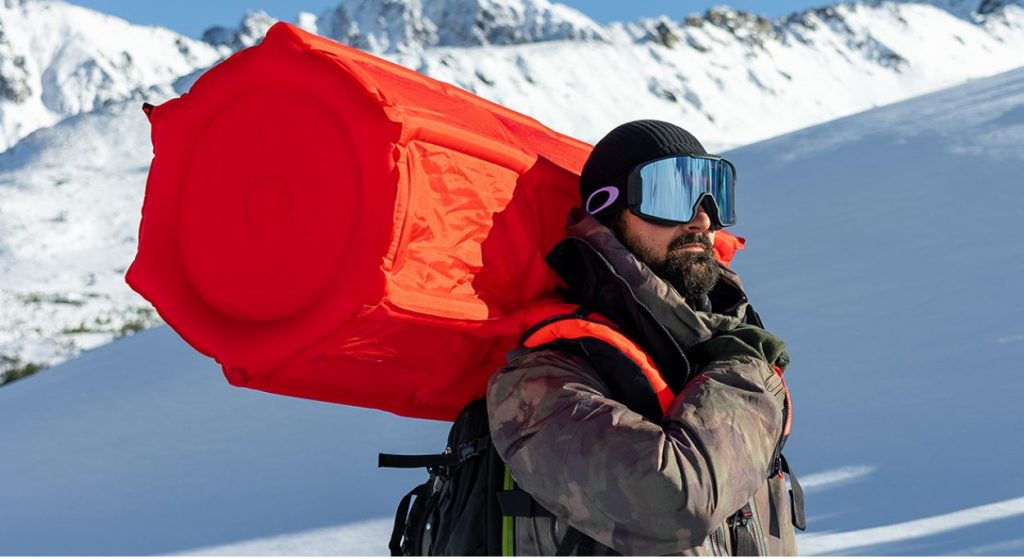
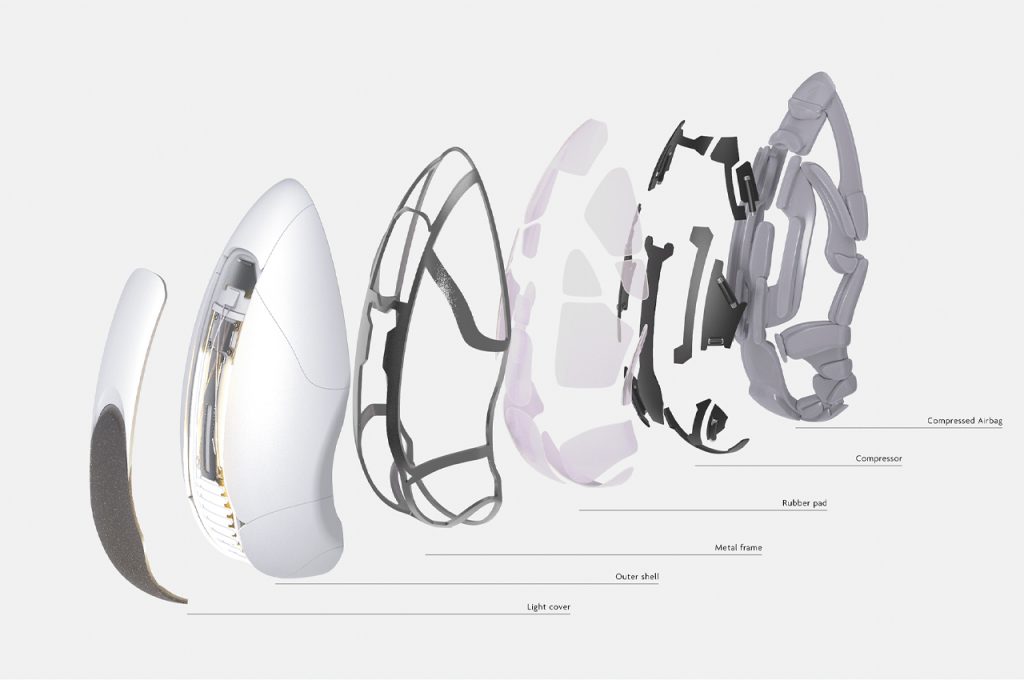
Testudo by Seunghwan Ra
Seoul-based designer Seunghwan Ra has integrated airbags into his design of protective equipment aimed to shield the wearer from falling debris during emergency situations, like earthquakes. The product was inspired by testudo, a type of shield wall formation aging back to Roman Empire.
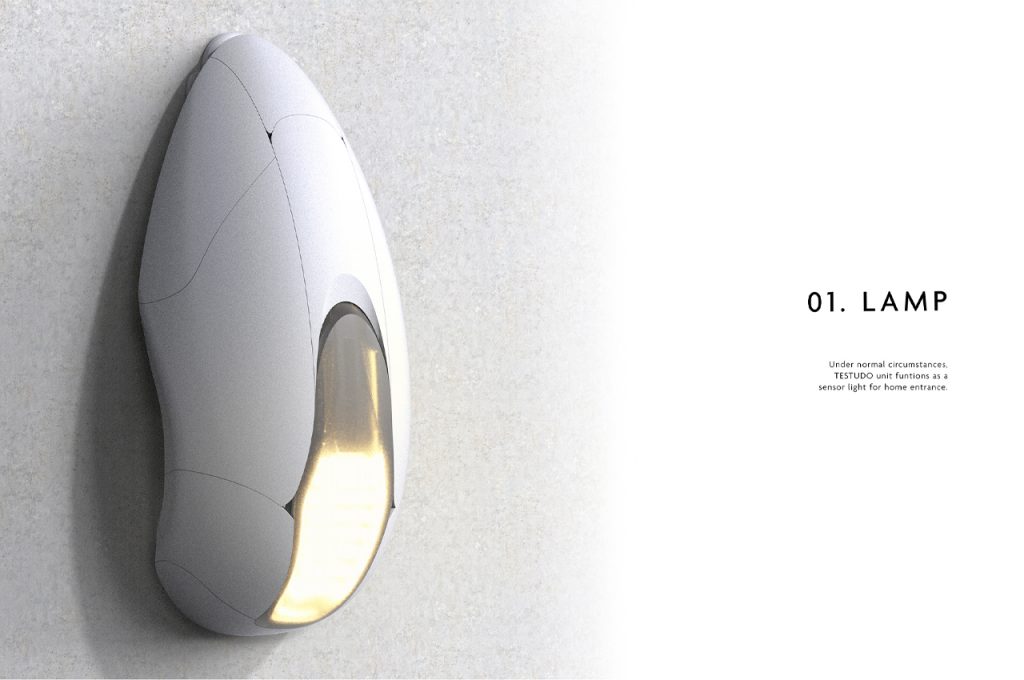
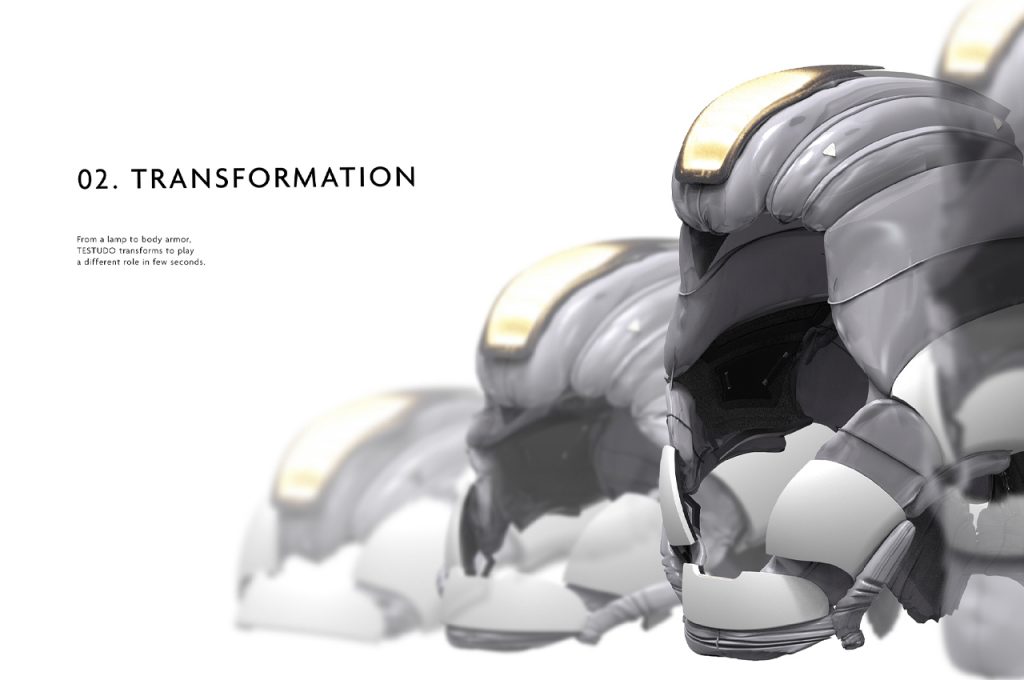
Testudo by Seunghwan Ra
Roman soldiers used this military tactics during military blockades, or sieges. The soldiers would position their shields to form a fully enclosed shell, not unlike that of a tortoise that offered coverage on all sides as well overhead. The formation protected the soldiers from arrows as they slowly marched in unison. Seunghwan Ra found modern use for testudo and applied the same principle to the physical shield and helmet piece aptly named Testudo after its inspiration.
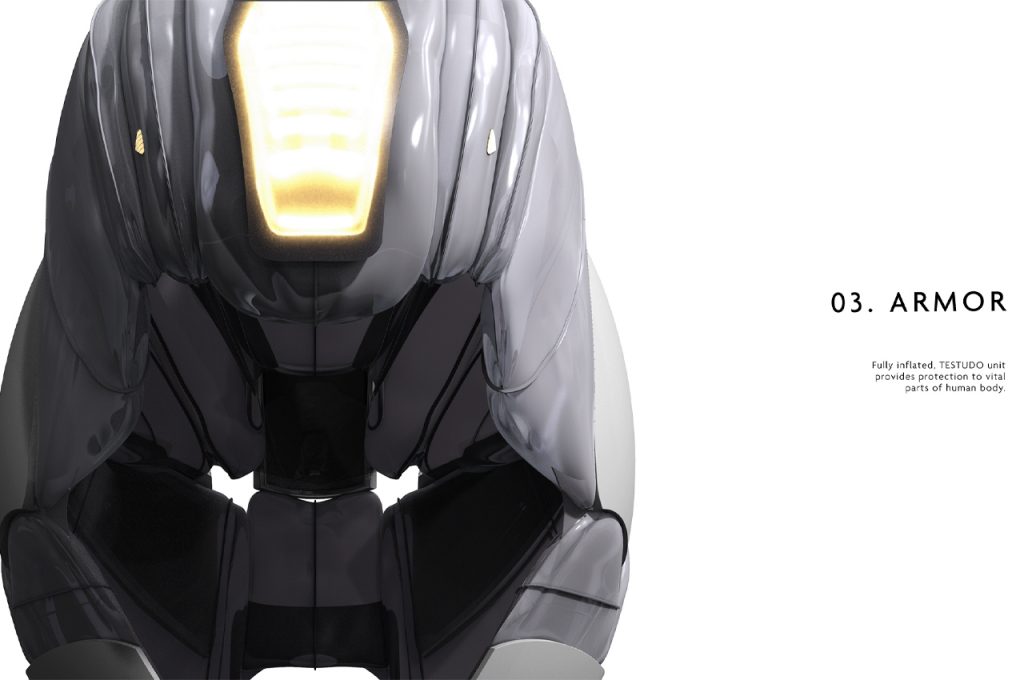
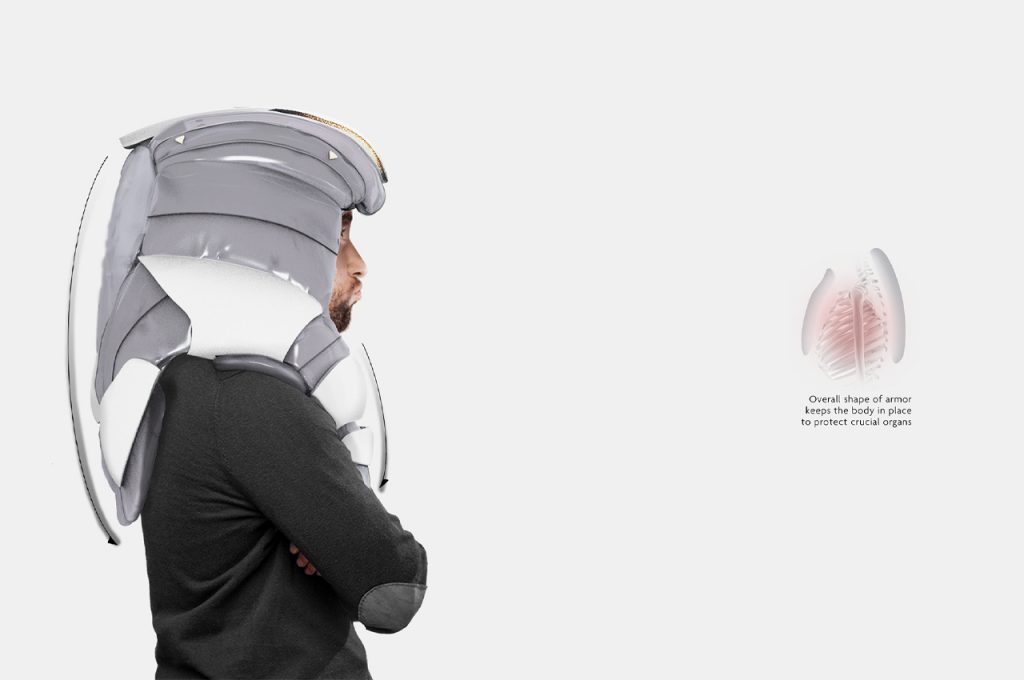
Testudo by Seunghwan Ra
To keep the protection equipment close at hand at any time, the designer suggests to place it on the wall. Normally, Testudo functions as a wall-mounted light fixture. In case of an earthquake, it is supposed to provide light for users to easily seek it out and employ its safety measures.
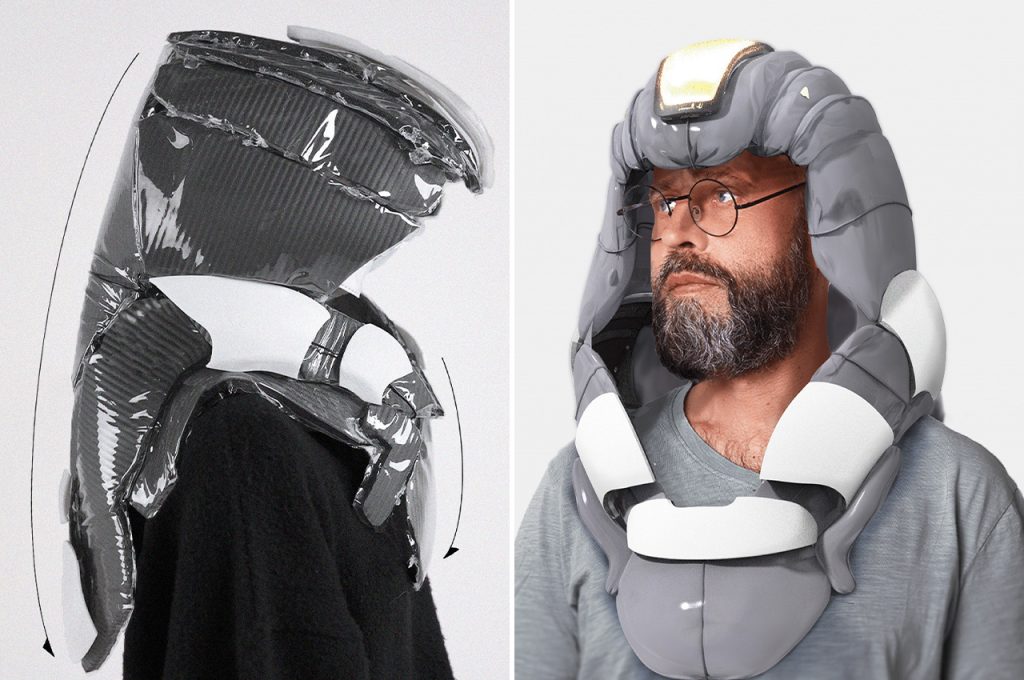
Testudo by Seunghwan Ra
Once detached from the wall, the product reveals a size and shape similar to bike helmets, allowing users to place it over their heads and shoulders. Pulling down the helmet’s handle deploys thhe integrated airbags that become rigid for cushioned protection.
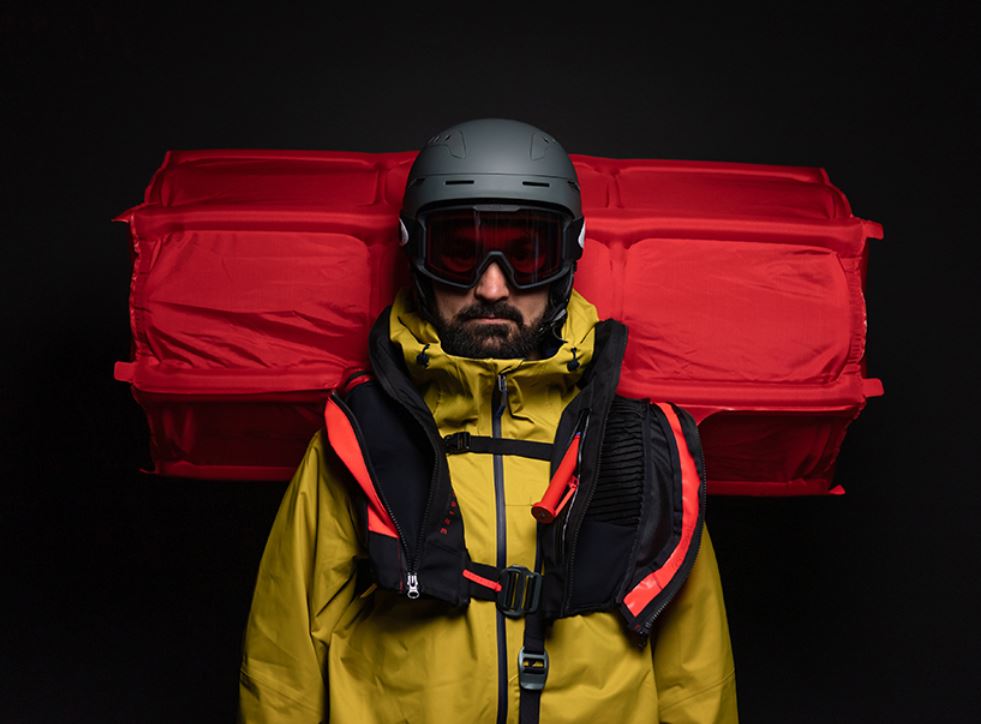
vest ONE by Dorota Kabała and AEROSIZE (also header image)
Poland-based company AEROSIZE makes use of an airbag system to protect people exposed to the danger of snow avalanches. Designed in collaboration with polish designer Dorota Kabała, founder of design studio We Design for Physical Culture, and named vest ONE, the lightweight and portable airbag offers increased safety for off-piste snowboarding, skiing, snowmobiles and rescue teams.
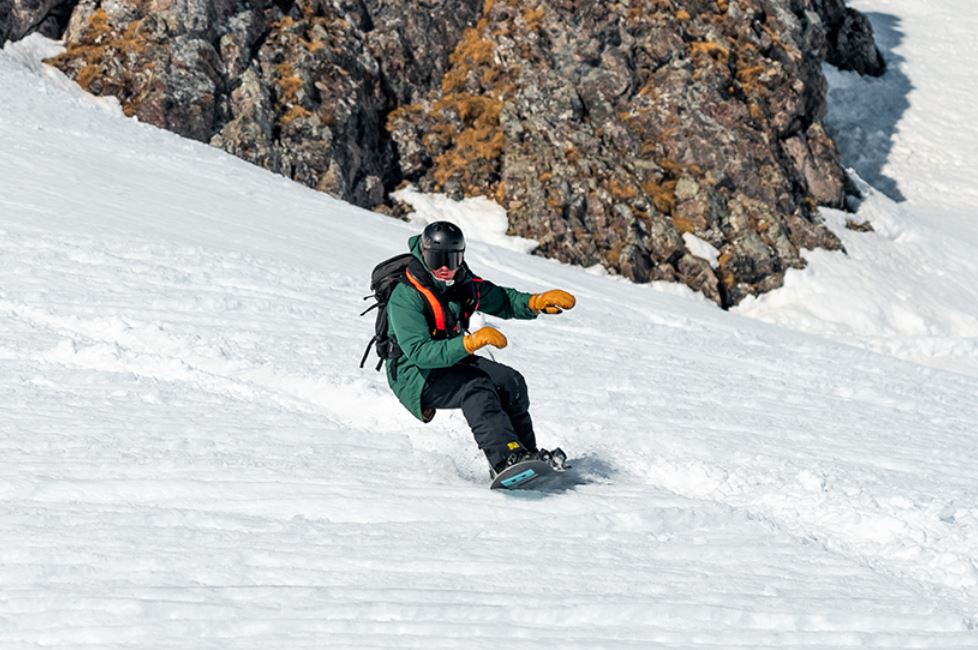
vest ONE by Dorota Kabała and AEROSIZE
The patented hybrid airbag system inside of the vest is smaller than an average avalanche backpack kit and works differently than standard avalanche airbag systems. When the user pulls the, compressed gas) from the cartridges inflates the airbag structural chamber, which stretches the fabric of the airbag walls. The rest of the volume is then filled automatically with air sucked in from the outside. This solution helps minimize the size and weights of the whole system and the final product.
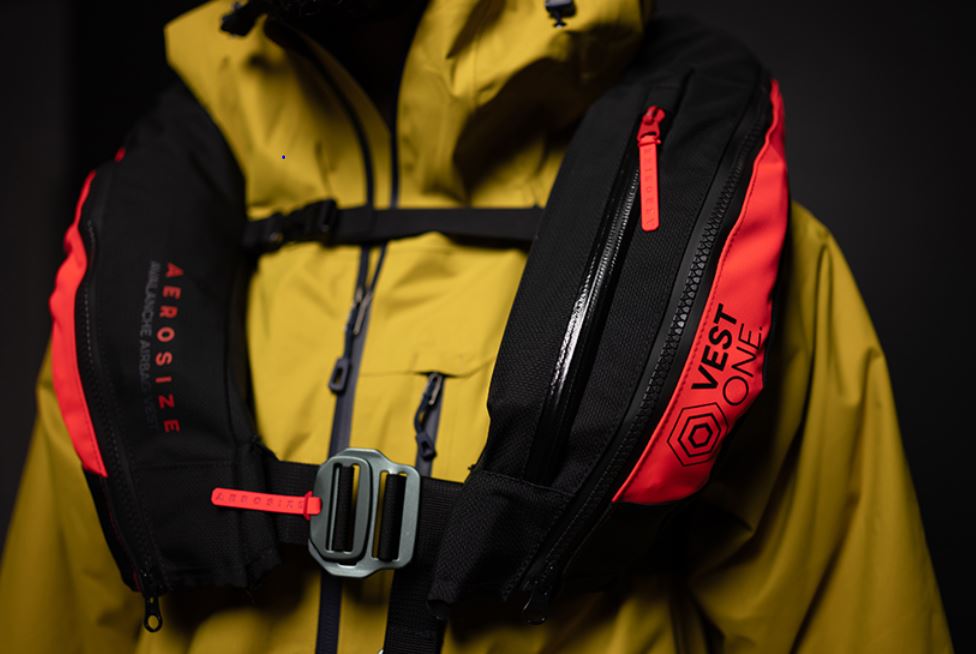
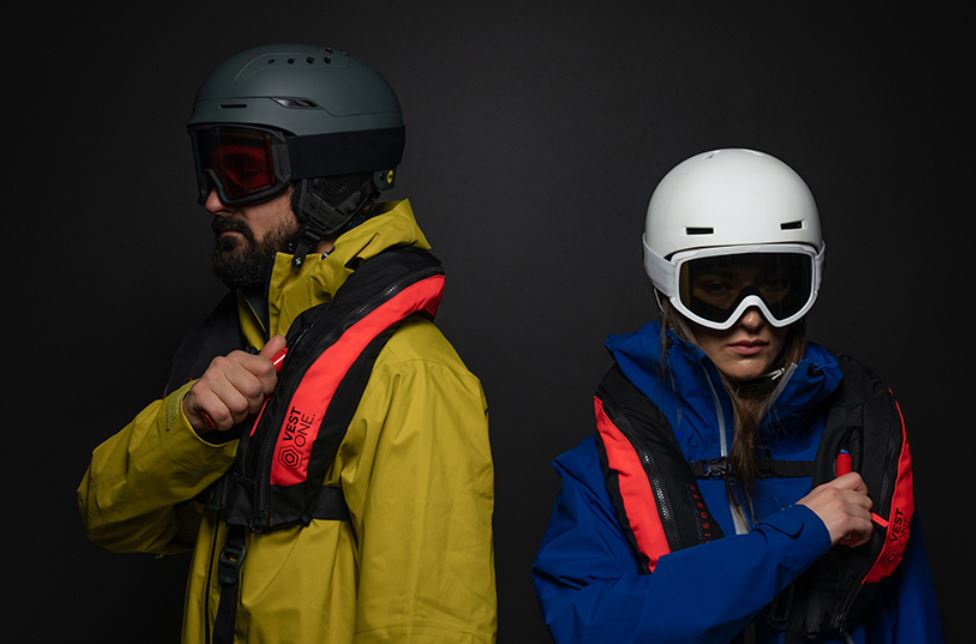
vest ONE by Dorota Kabała and AEROSIZE
The fabrics used in the vest ensure safety, reliability, compactness and lightness, while the fluorescent red colour is easy to spot against the background of the white slopes. The trigger is also designed with the user-centered approach in mind. It is easy to grab even when wearing bulky sports gloves and can be closed in the vest pocket when not in use.
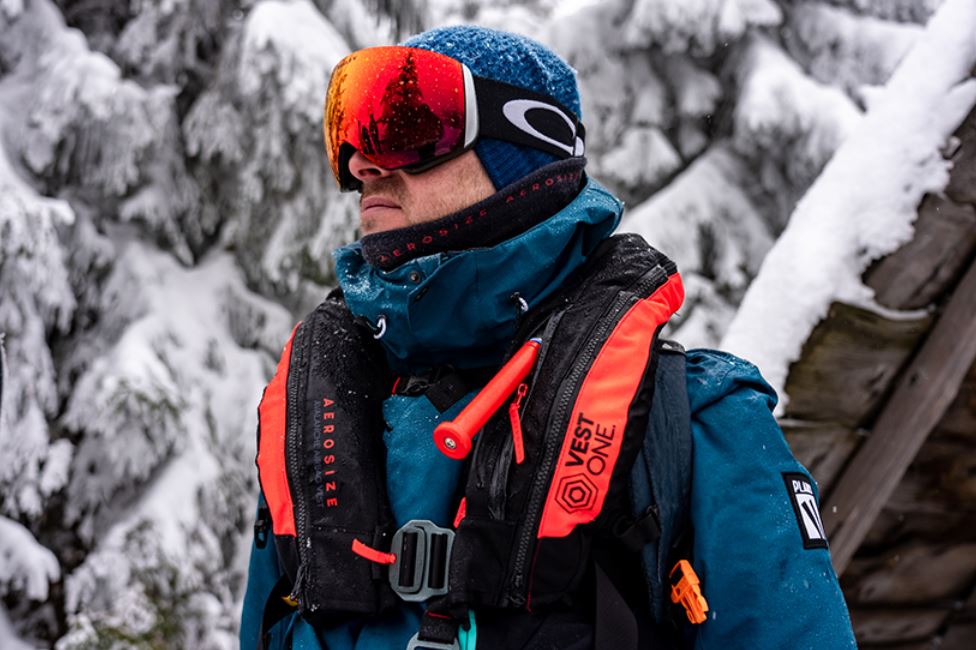
vest ONE by Dorota Kabała and AEROSIZE
The portable airbag has been tested and certified by TÜV SÜD Product Service Gmbh in accordance with the guidelines of EN 16716: 2017 mountaineering equipment – avalanche airbag systems (safety requirements and test methods for avalanche airbag systems). It was also tested by specialists including Austrian rescue services, ÖAMTC and ARA Flugrettung, as well as winter sports amateurs.
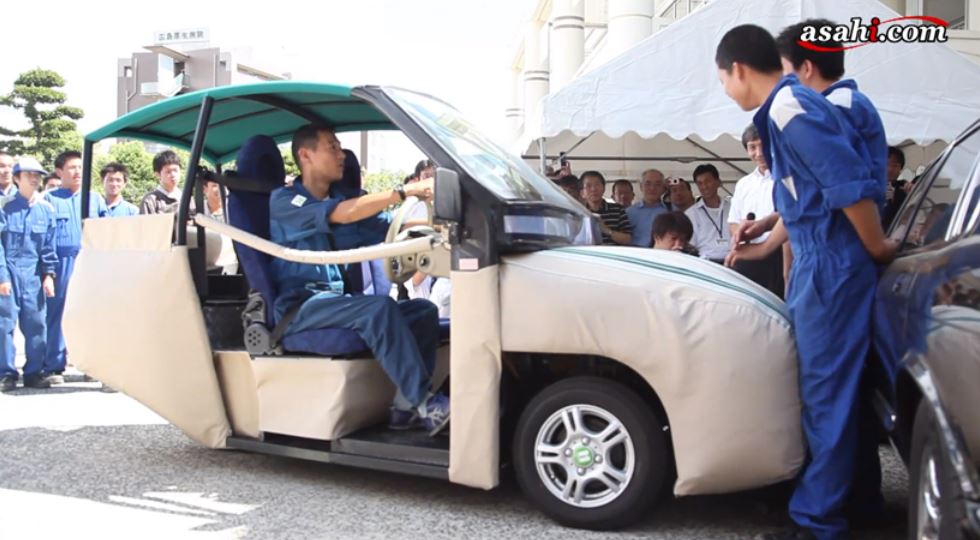
iSAVE YOU by Humanix
Back in 2012, a Japanese startup Humanix formed by researchers from the University of Hiroshima even went that far as designing a shock absorbing electric vehicle using airbag-like material. Unlike regular airbags placed inside of a car, their design features them on the exterior of the vehicle.
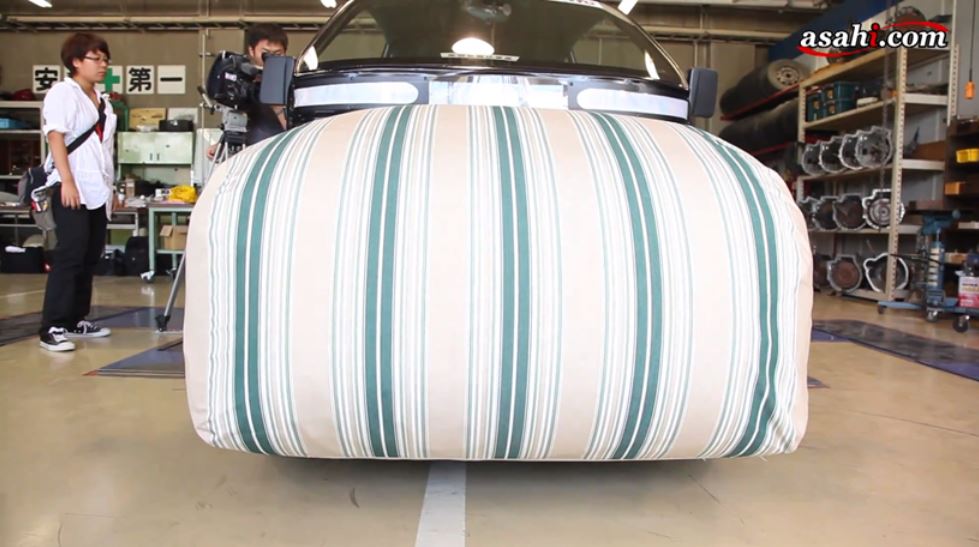
iSAVE YOU by Humanix
Known as the ‘iSAVE YOU’, the three-wheel golf cart like vehicle is covered in an airbag-like body panels made of a tent fabric and sponge. The cushions spring back to its original form after absorbing shock waves in case of an impact, thus protecting both the passengers and pedestrians.
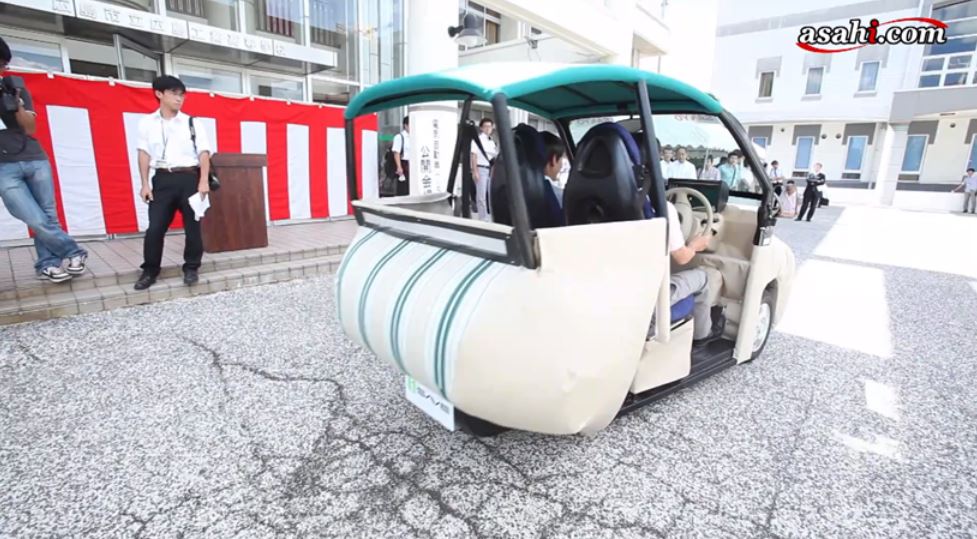
iSAVE YOU by Humanix
The iSAVE YOU has a top speed of 50km/h. It can run up to 30 kilometres on a single charge and can be recharged from any regular 120v or 240v household electrical outlet.
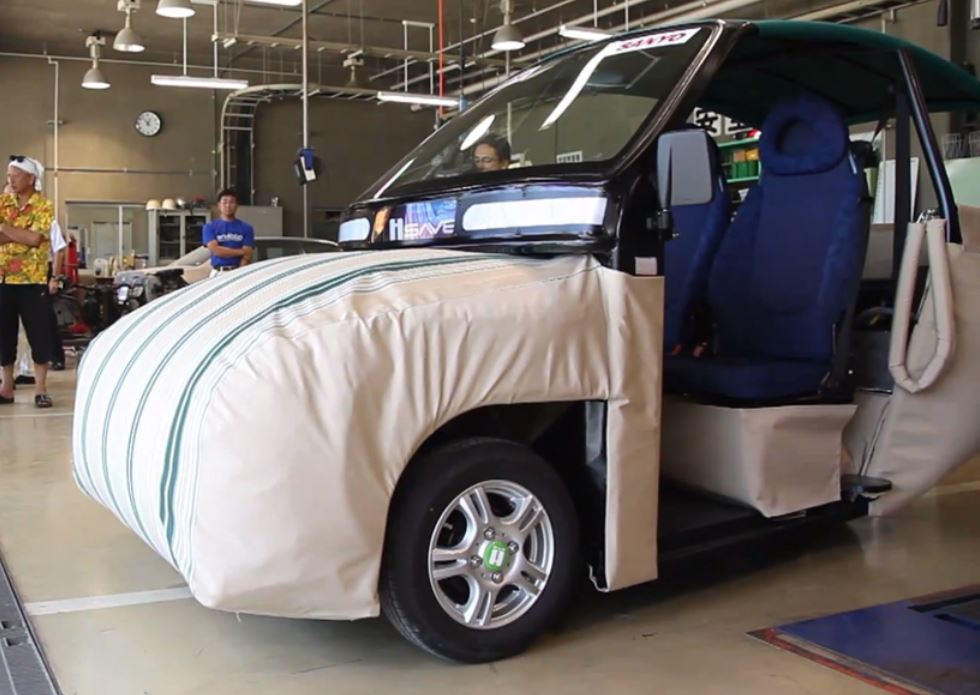
iSAVE YOU by Humanix
The team believes, the car will be perfect for our rapidly ageing society and claims it has already attracted requests from elderly and disabled people.